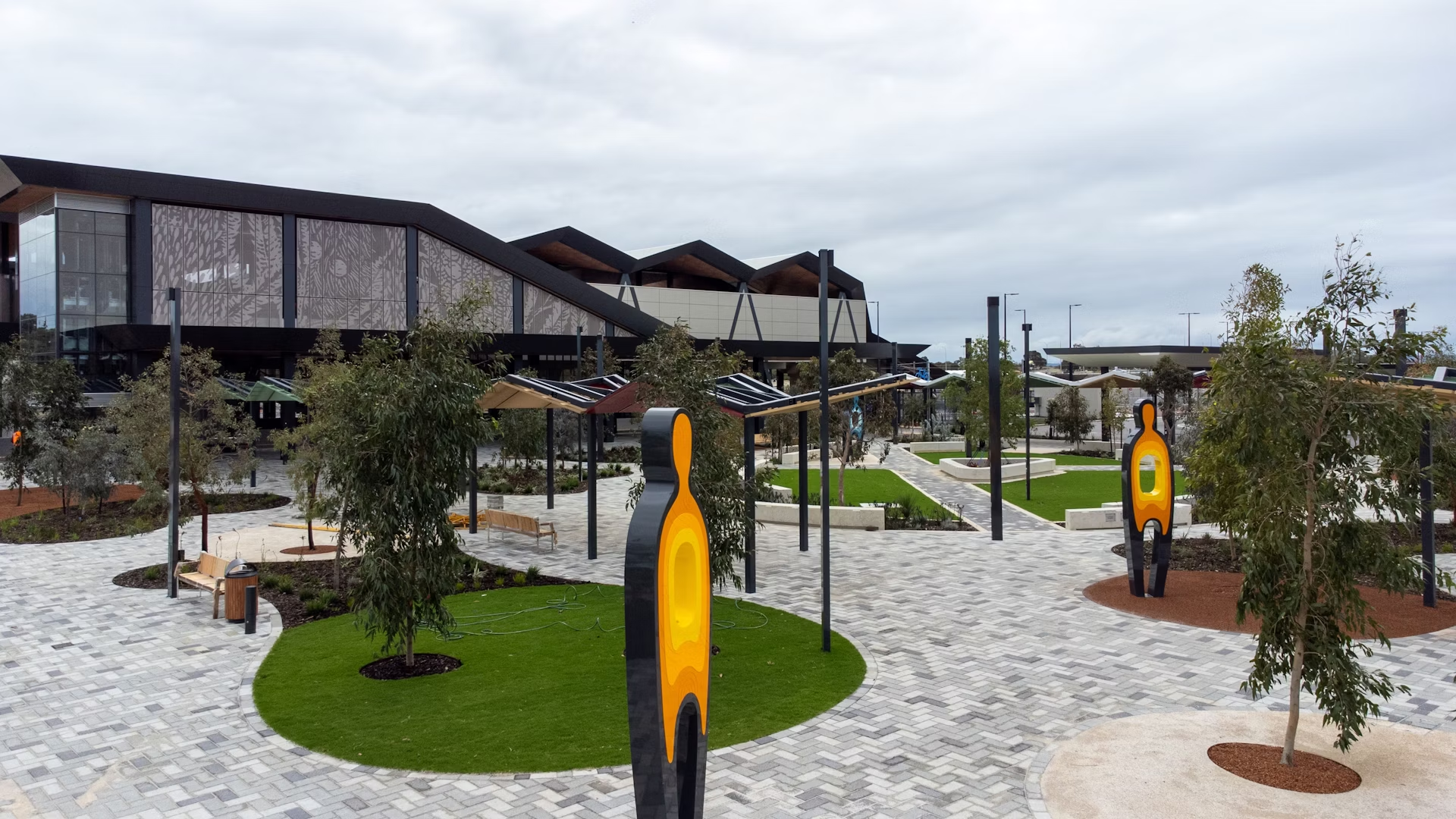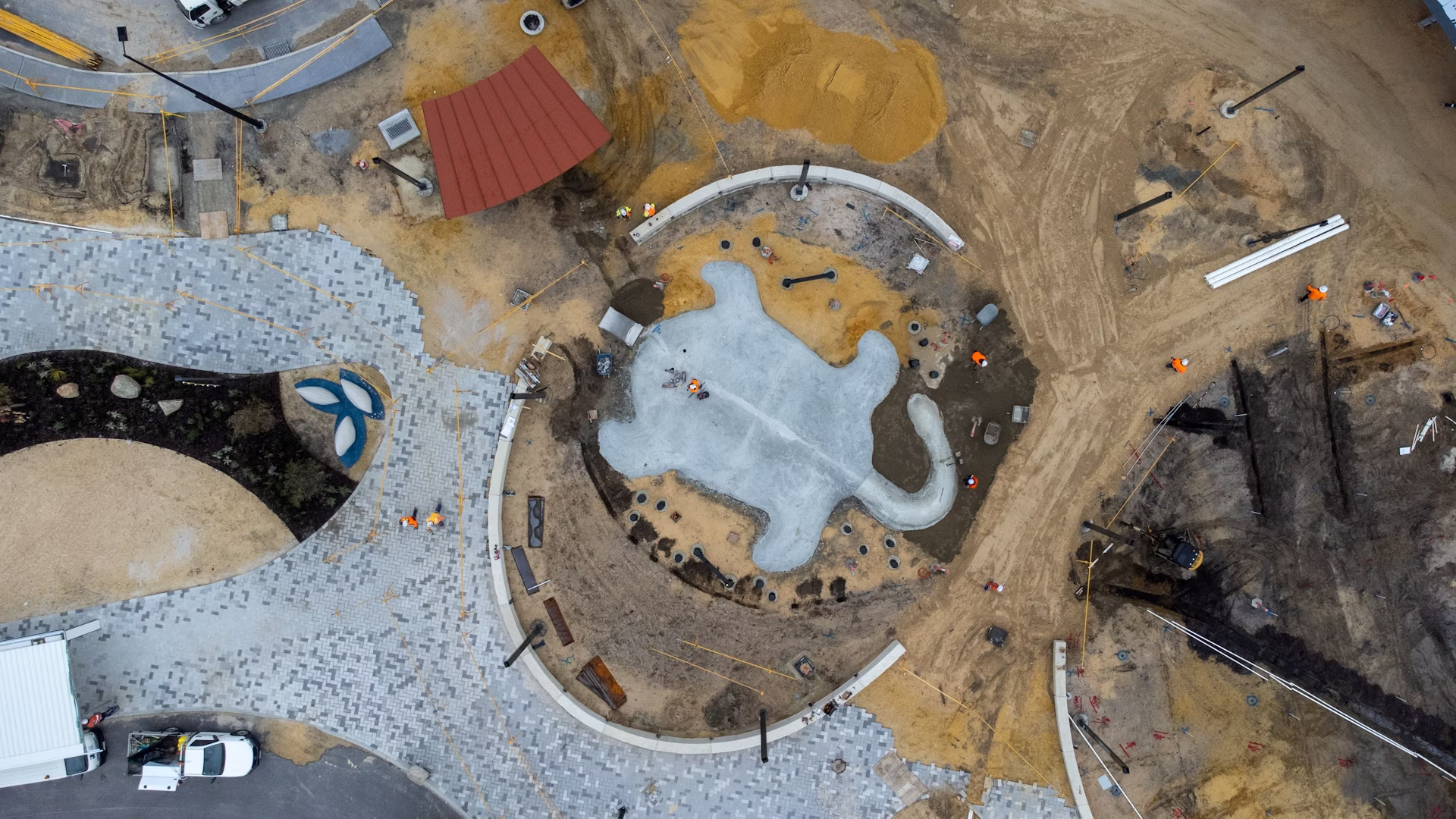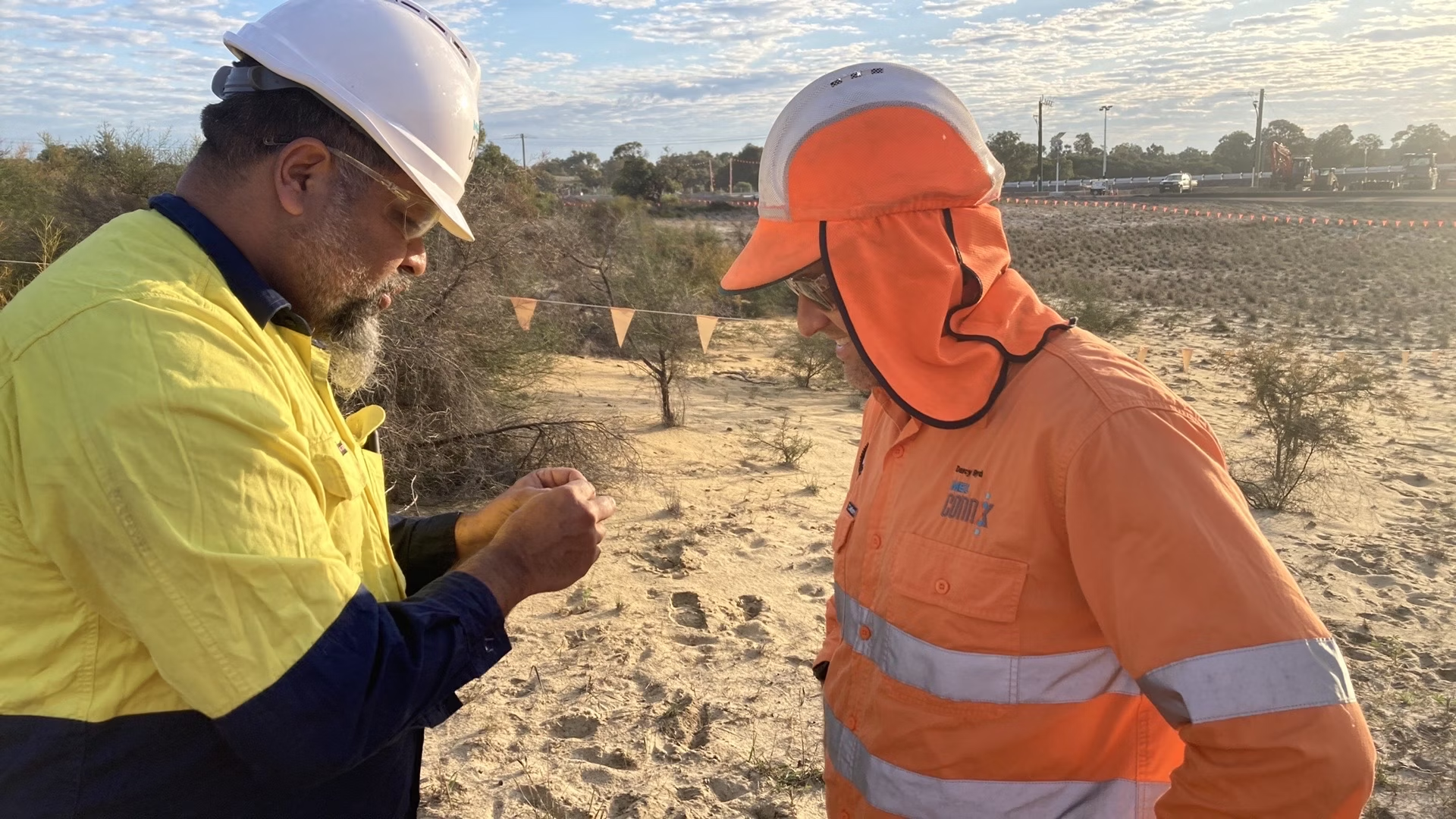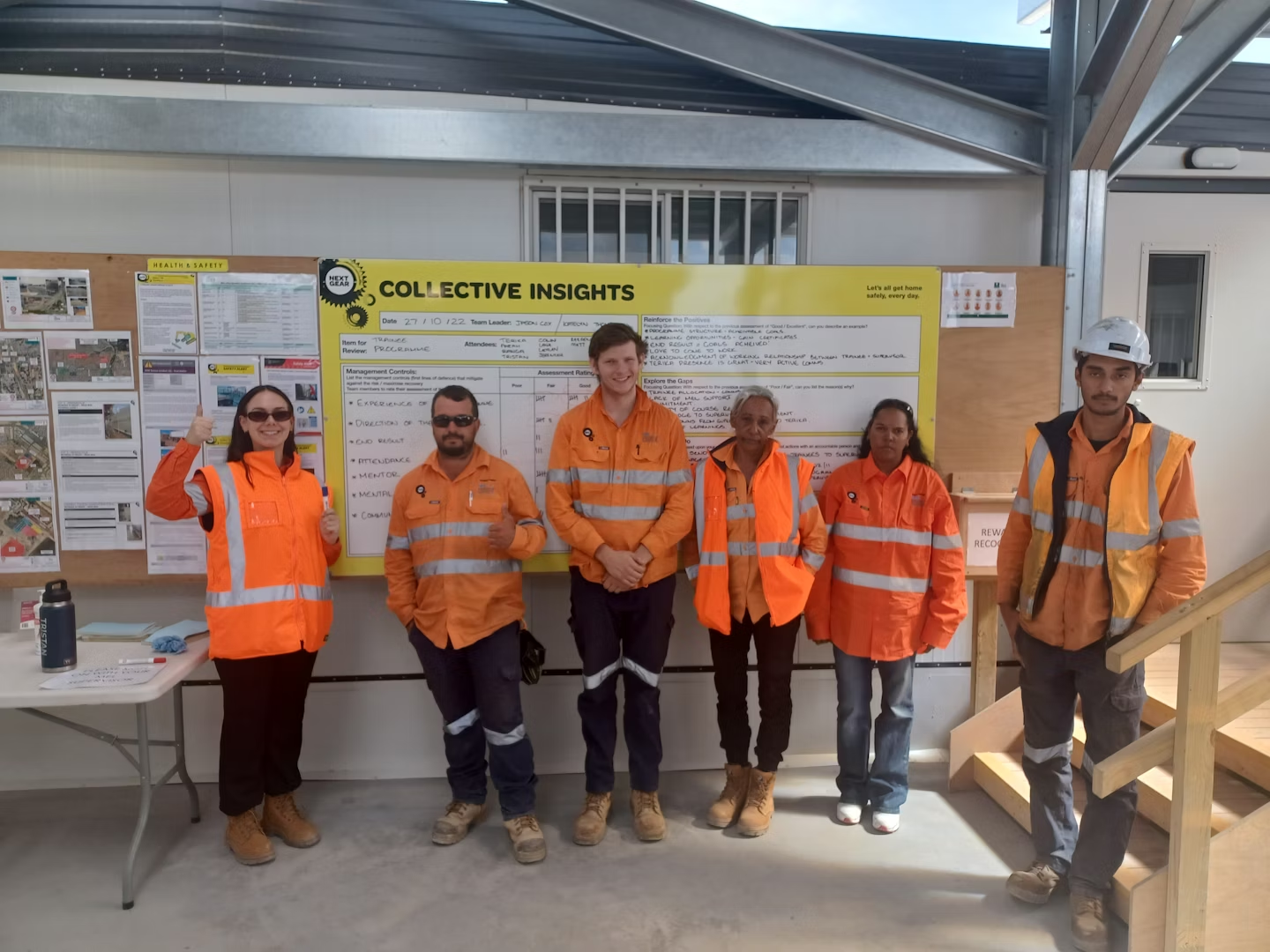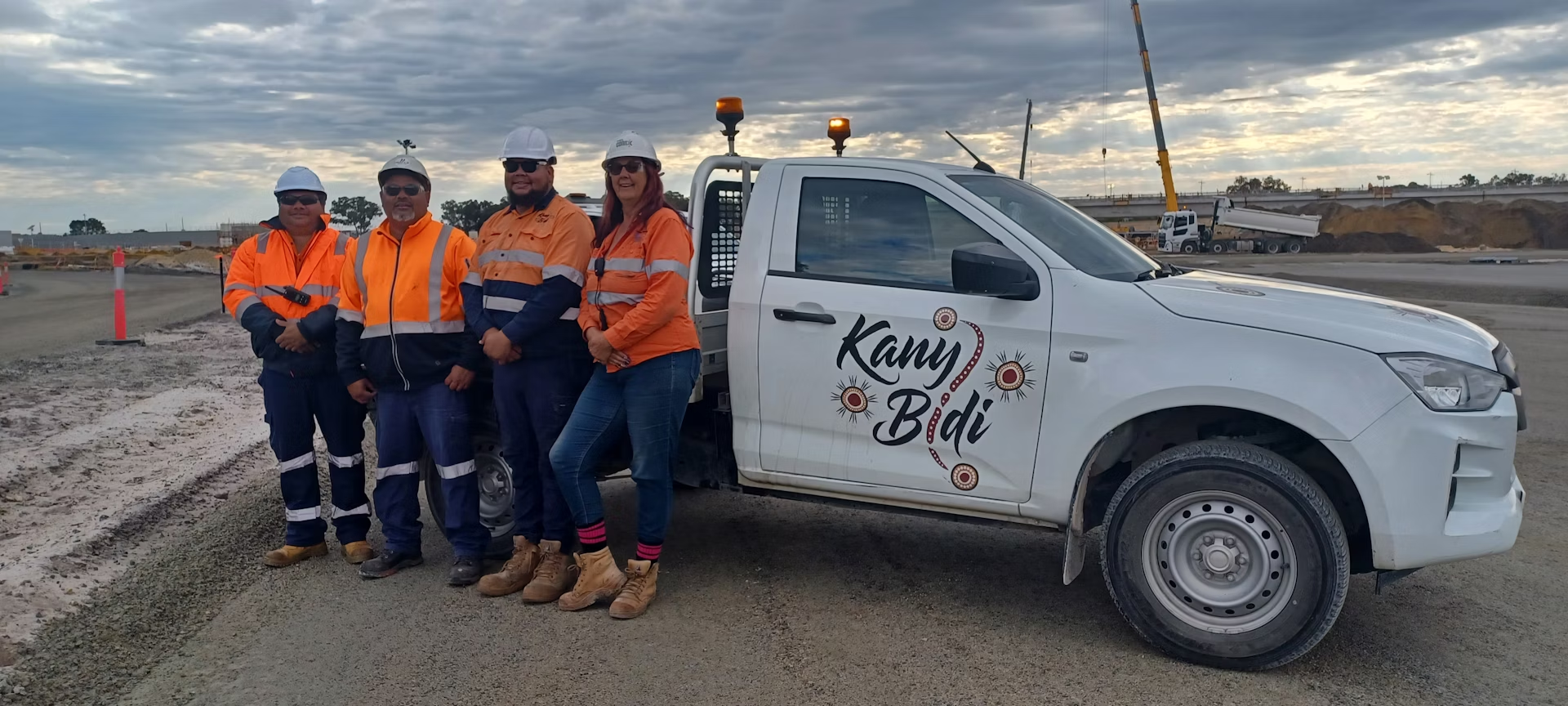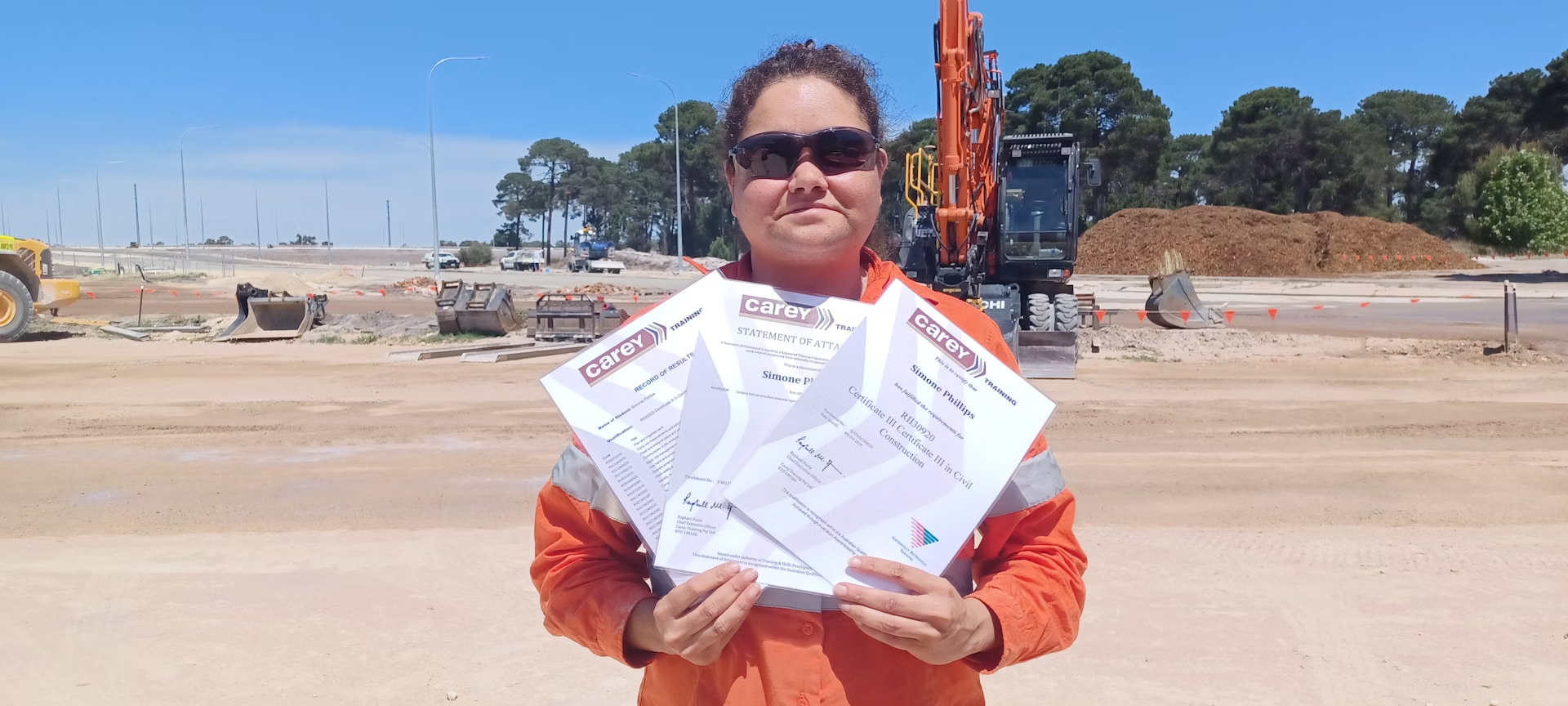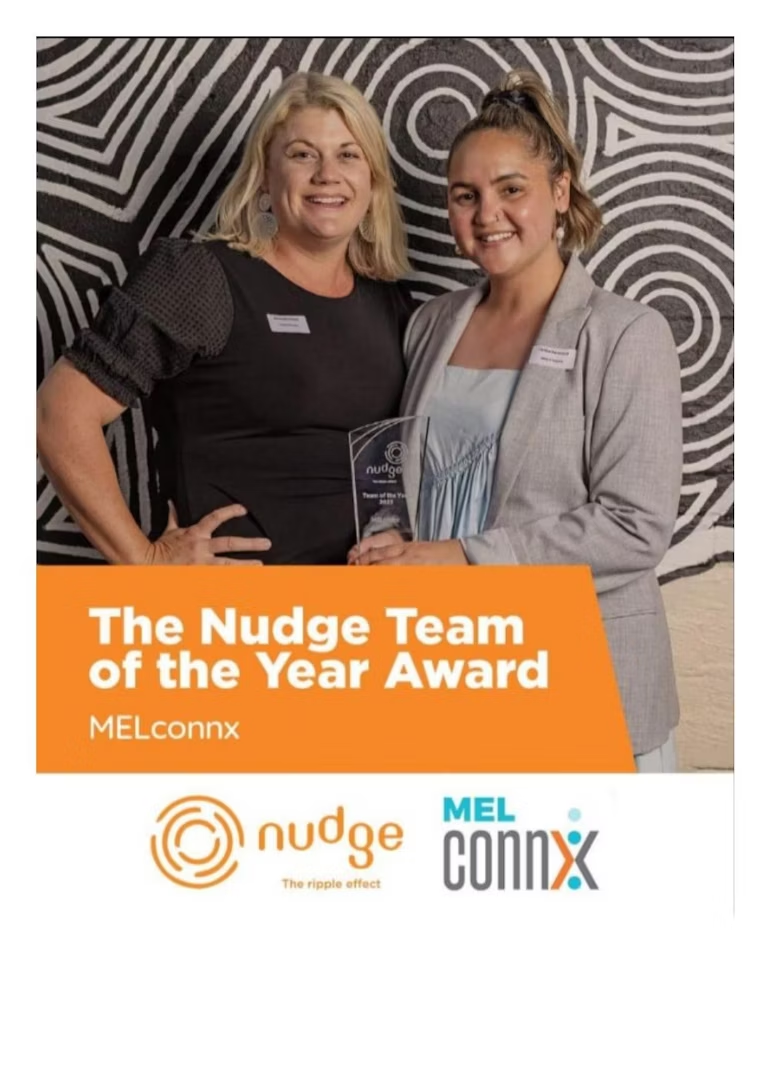Embedding genuine engagement with the Aboriginal community and local economy – Economic Outcomes
Friday, 8 November 2024
Summary
The MELconnx Alliance (Laing O’Rourke and the Public Transport Authority) is delivering the METRONET Morley-Ellenbrook Line, one of Perth’s largest public transport projects.
The Project is an exemplar of meaningful Aboriginal engagement, leaving a positive legacy through a series of initiatives that addressed METRONET’s Gnarla Biddi (Our Pathways) Strategy and supported Stretch Reconciliation Action Plan objectives. The project achieved industry leading outcomes including:
- Significant cultural input into placemaking with fourteen local and six Noongar artists creating twenty public art pieces across five train-stations, the largest art collection ($19million) commissioned on a METRONET project.
- Indigenous procurement totalling $53million across fifty-two local Aboriginal businesses
- Indigenous employment participation rate of 5.5% across 5,000-strong workforce
- Eleven Indigenous traineeships completed, above industry average.
The persistence in achieving outstanding economic and social outcomes for the Indigenous community on the Project has supported greater inclusion and improved supplier diversity within the broader industry.


